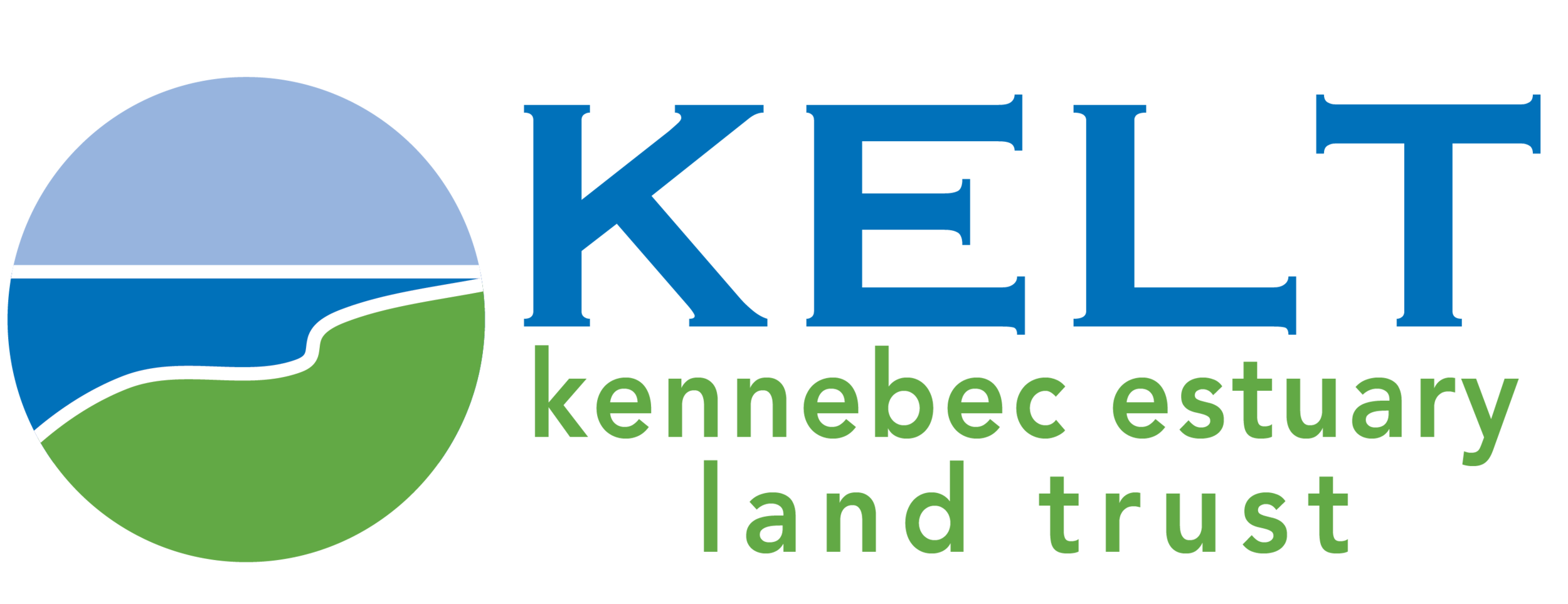Tracking Phytoplankton
Billions of tiny plankton are floating in the estuary and Gulf of Maine. These microscopic creatures form the foundation of the food web. They are fun to look at under a microscope and come in many different shapes and sizes. The populations change throughout the year as water temperatures, currents, and nutrients change. A few species of these tiny plankton produce toxins that can make people sick if they happen to eat shellfish that have been eating these plankton. To prevent that from happening, the Maine Department of Marine Resources (DMR) has an extensive testing program. One piece of that program is water sampling stations scattered along the coast. Some of these sites are tested by DMR staff, and some are tested by volunteers. KELT coordinates a crew of volunteers who sample one site off of Bay Point Road in Georgetown. The volunteers sample the site every week from May through October and they report the results to the DMR.
What Plankton Are In the Estuary?
When volunteers search through samples for the toxic plankton that the state is concerned about, they also peer through the microscope at the diverse array of phytoplankton and zooplankton that live in our local waters.
One phytoplankton volunteer has photographed the Kennebec plankton and created a neat guide book and end of season reports to showcase the beautiful diversity of plankton in our waters. See some neat images of Kennebec Estuary plankton in the documents linked below, and let us know if you can help to identify some of the unknown species in the guidebook!
Maine’s Plankton Tracking Program
Learn more about the Maine Department of Marine Resources’ work to track the plankton that cause red tide and other harmful algal blooms at the website for Maine’s Marine Biotoxin Monitoring Program.
Resources for Phytoplankton Volunteers
Look here for links to id sheets, instructional videos, and other resources to help with plankton monitoring.



